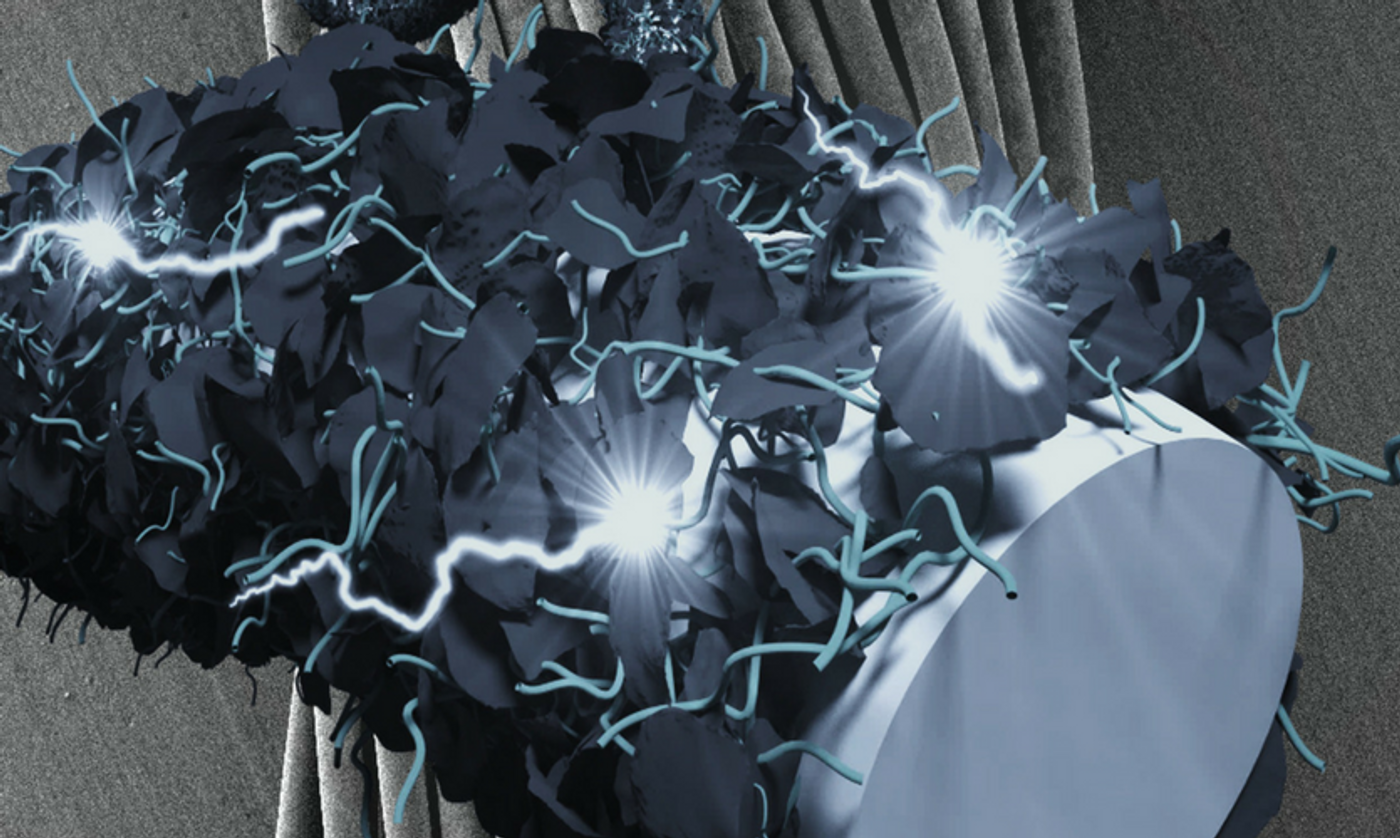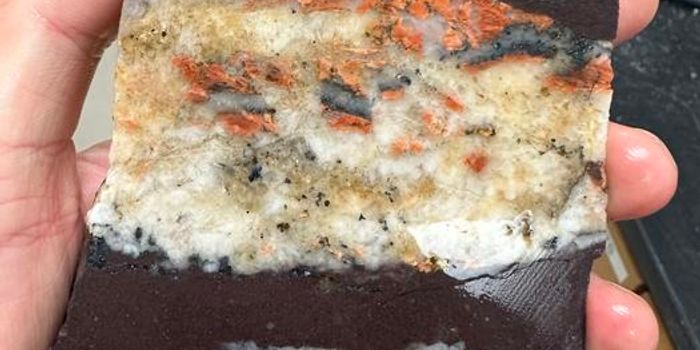Conductive Coating Opens Door for New Wearable Electronics
Flexible electronics are not just visually cool, they also represent a popular trend in technology: consumers want their devices bendable for ease of storage, foldable to save space and wearable like a piece of garment. According to a recent publication on Science Advances, material researchers from Texas A&M University have developed a durable yet conductive coating that could inspire a new generation of flexible electronics.
Let's be honest, making bendable devices is challenging: many of its components need to be made of a material that is both electroconductive and mechanically flexible and durable. Because the device has to withstand a wide array of deformations and is still functional.
Take your cell phone for example, its lithium-ion battery does not like mechanical stress, which might cause explosion. Underneath the rigid OLED glass screen, there is likely an electroluminescent polymer which could be a little bendable. Inside the phone, semiconductors that made with metal-doped silicon do not like mechanical stress at all. The Texas A&M team tackled this problem by developing a new stretchable, bendable and foldable conductive coating.
At the center of their research is a material called MXene, a new two-dimensional sheet only a few atoms thick. Chemically, the nature of compound is inorganic, mainly metal carbides, nitrides, or carbonitrides. Compared to graphene, another highly competitive candidate for wearable electronics, MXene has the combined advantage of conductivity of transition metal carbides and hydrophilicity due to its hydroxyl or oxygen-covered surface. It have shown potentials in multiple industrial applications, such as energy storage, composites, photocatalysis, water purification and gas sensors.
Rather than using MXene as sheets, researchers created MXene coatings through the sequential adsorption of negatively charged MXene sheets and positively charged polyelectrolytes using an aqueous assembly process known as layer-by-layer (LbL) assembly. The multilayer coatings can undergo large-scale mechanical deformation while maintaining a high level of conductivity. The team has also successfully deposited the MXene multilayer coatings onto flexible polymer sheet, stretchable silicones, nylon fiber, glass, and silicon.
A topographic scanner was fabricated using a patterned MXene multilayer–coated PET film. Credit: ScienceVio
Source: Texas A&M University









